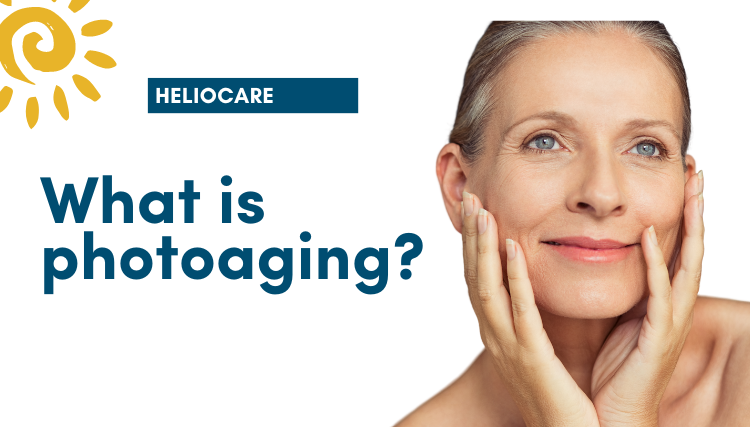
Dec 28 , 2022
What is photoaging, and why does it occur?
What is photoaging?
Exposure to ultraviolet (UV) radiation from the sun is the main cause of premature aging in the skin, also known as photoaging. UVA rays are the main culprit, as they can penetrate deep into the skin and cause damage to the collagen and elastin fibers that give the skin its strength and elasticity. This damage leads to the formation of wrinkles, saggy skin, and uneven pigmentation.
It is important to protect the skin from the sun by wearing protective clothing, applying sunscreen, and seeking shade when the sun is strongest. Sunscreen should be applied to all exposed skin and should have a high SPF (sun protection factor) to block out both UVA and UVB rays. It's also a good idea to use sun care products that contain antioxidants, which can help to neutralize the harmful effects of UV radiation on the skin.
What causes photoaging?
An excessive amount of sun exposure results in photoaging. Skin cells absorb the photons from the sun's UVB rays, which directly damage cellular DNA. Our skin burns in the sun because of UVB, and the resulting direct DNA damage can also cause skin conditions including skin cancer.
While this direct DNA damage leads to skin photoaging, UVA rays from the sun are the primary factor in premature ageing of skin. UVA rays also damage cellular DNA, but they do so indirectly: they trigger the formation of free radicals and it’s these free radicals that damage our DNA in a process known as oxidative stress. High-energy visual (HEVIS) light rays contribute to premature skin ageing in recent studies, but to a considerably smaller amount than UVA.
UVA rays are less intense than UVB rays, but they are much more prevalent and are present throughout the day, all year round. This makes it important to protect your skin from the sun's UVA rays on a daily basis, and all year round, to prevent long-term damage. Sunscreen is one of the most effective ways to protect your skin from the sun's UV rays. It is important to choose a sunscreen that is broad-spectrum, which means it protects against both UVA and UVB rays.



